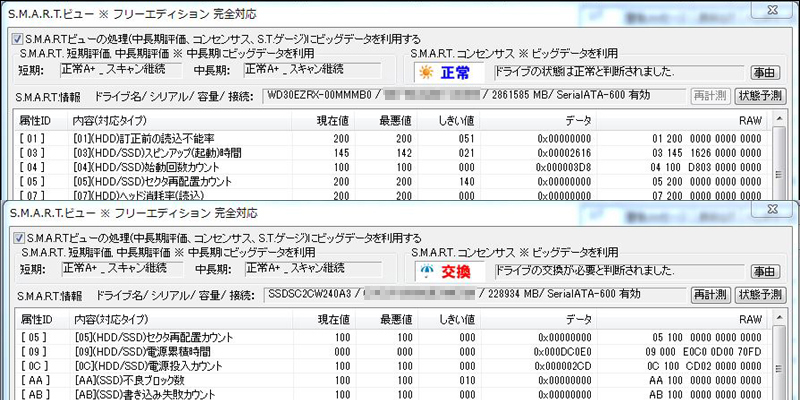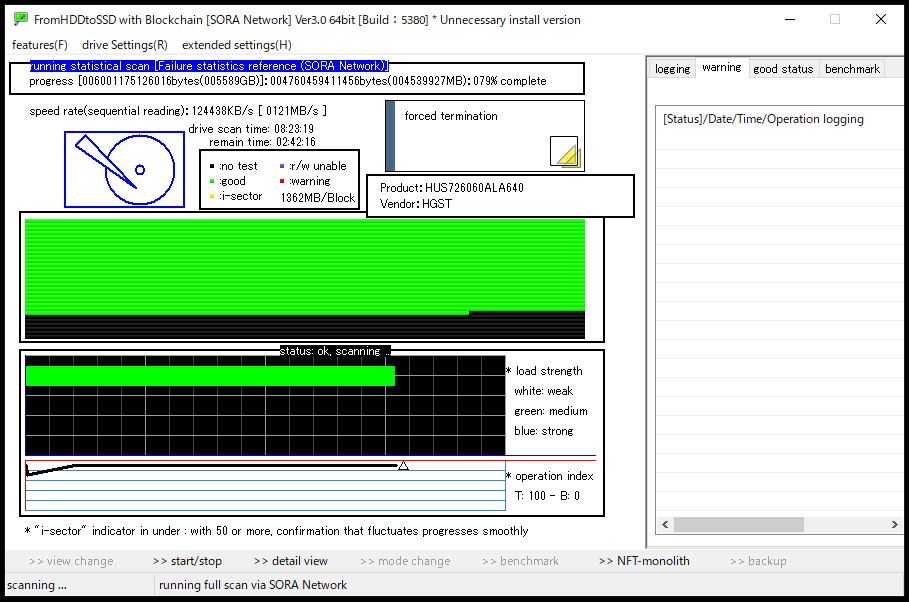void Round(uint32_t a, uint32_t b, uint32_t c, uint32_t& d, uint32_t e, uint32_t f, uint32_t g, uint32_t& h, uint32_t k)
{
uint32_t t1 = h + Sigma1(e) + Ch(e, f, g) + k;
uint32_t t2 = Sigma0(a) + Maj(a, b, c);
d += t1;
h = t1 + t2;
}
Since the 4th and 8th arguments are references, these are the output.
And the 9th argument is the input.
Even if it looks complicated like this, the return value of Sigma1, Sigma0, Ch, and Maj are uint32_t.
Therefore, it will always be uint32_t.
By the way, when solving complex integer problem(of cource 3n+1 conjecture too),
matrices and complex function,
there is a method that is often used to “replace complex parts with variable”.
e.g. Diagonalization matrices and imaginary number are typical examples.
Let’s make sha256 easier by doing so.
4番目と8番目の引数は参照であるため、これらは出力です。
そして、9番目の引数は入力です。
このように、複雑に見えても、Sigma1, Sigma0, Ch, Majの戻り値はuint32_tです。
それゆえに、常にuint32_tになります。
ちなみに、複雑な整数問題(もちろん、3n+1予想も)や、
行列や複素関数を解くときは、
「複雑なパーツを変数(文字)に置き換える」ためによく使われる方法があります。
例えば、対角化行列や虚数が典型的な例です。
そうすることでsha256を簡単にしましょう。




